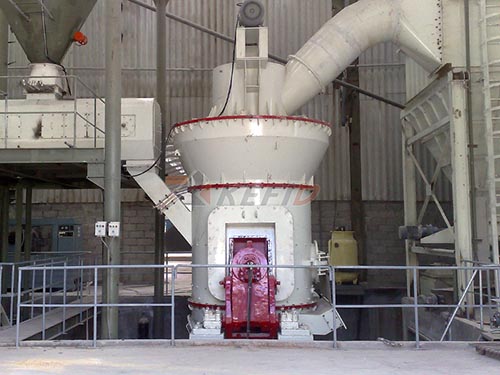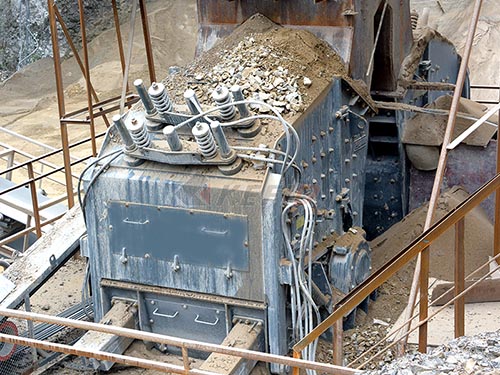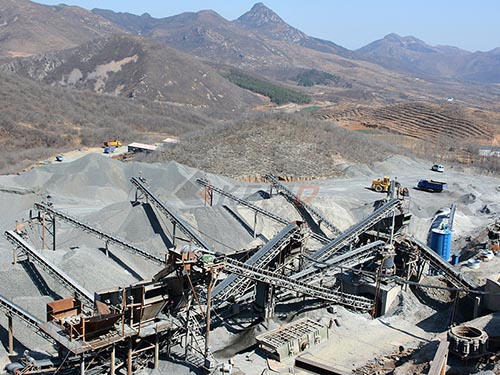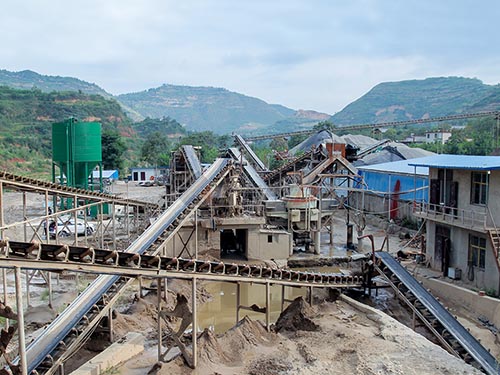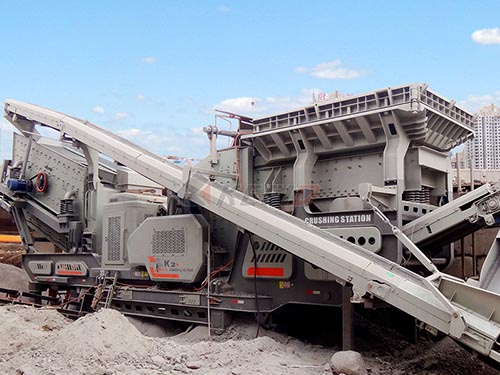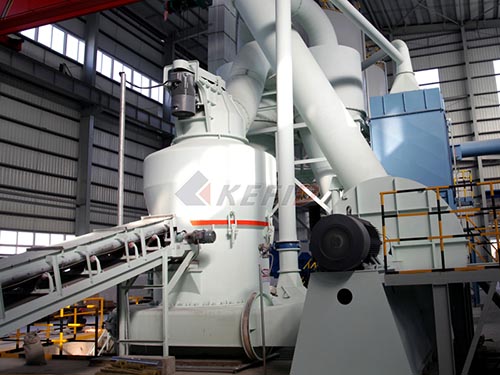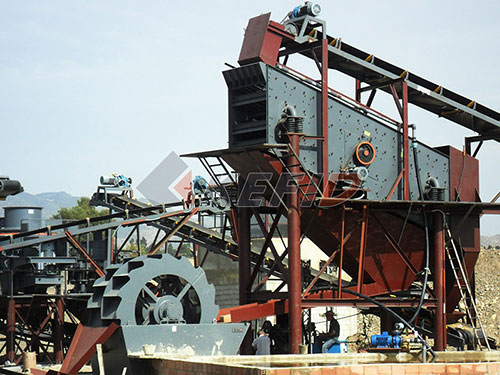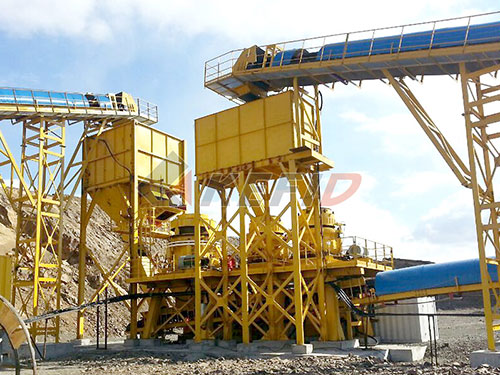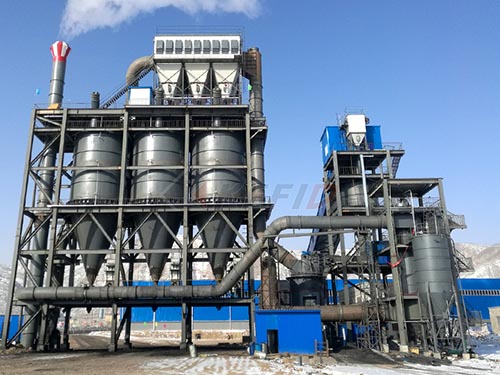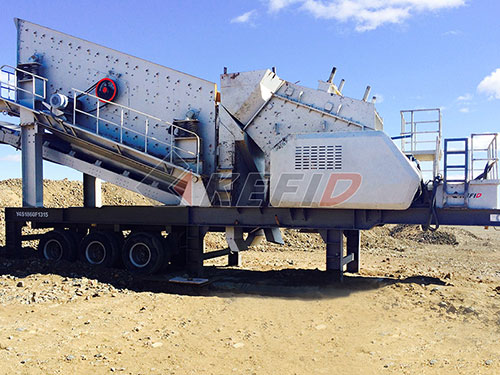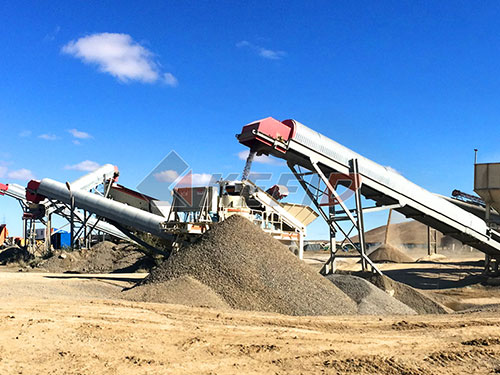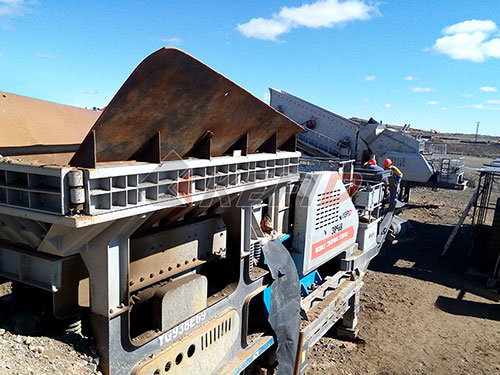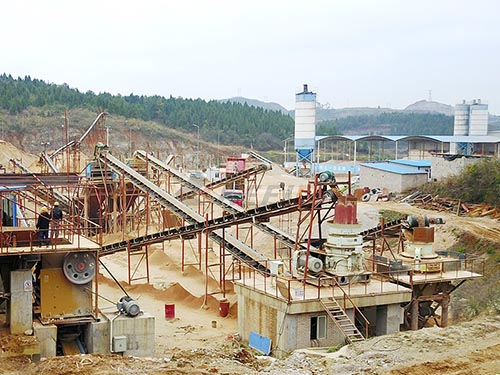Aggregate Optimization Equipment refers to machinery and systems designed to improve the efficiency, quality, and cost-effectiveness of processing aggregate materials (e.g., crushed stone, sand, gravel, recycled concrete) used in construction, road building, and other industries. These solutions focus on maximizing output, minimizing waste, and ensuring consistent product specifications.
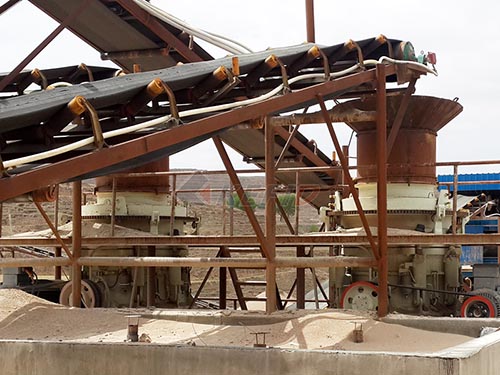
Key Types of Aggregate Optimization Equipment
1. Crushers
– *Purpose*: Reduce large rocks into smaller sizes.
– *Optimization Features*:
– Automated settings adjustment for consistent output.
– Energy-efficient designs (e.g., hydraulic systems).
– Multi-stage crushing for better particle shape.
2. Screens (Vibrating, Trommel, Scalping)
– *Purpose*: Separate aggregates by size.
– *Optimization Features*:
– High-frequency screens for finer separation.
– Modular designs for quick configuration changes.
– Smart sensors to detect screen clogging or wear.
3. Washing Systems (Log Washers, Sand Screws)
– *Purpose*: Remove dirt, clay, and contaminants.
– *Optimization Features*:
– Water recycling systems to reduce consumption.
– High-capacity scrubbing for cleaner aggregates.
4. Conveyors & Feeders
– *Purpose*: Transport materials efficiently between stages.
– *Optimization Features*:
– Variable speed controls to match production demand.
– Load sensors to prevent overfeeding/underfeeding.
5. Automation & Control Systems
– *Purpose*: Monitor and adjust operations in real time.
– *Features*:
– IoT-enabled tracking of equipment performance.
– AI-driven adjustments for optimal throughput and fuel efficiency.
6. Dust Suppression Systems
– *Purpose*: Minimize airborne particles for safety/environmental compliance.
– *Optimization Features*:
– Automated misting systems triggered by dust levels.
7. Recycling Equipment (for RAP/RCA)
– *Purpose*: Reprocess reclaimed asphalt/concrete into reusable aggregates.

Benefits of Optimized Aggregate Equipment
– Higher Efficiency: Reduced downtime with predictive maintenance tools.
– Lower Costs: Energy savings and less material waste.
– Better Quality:
